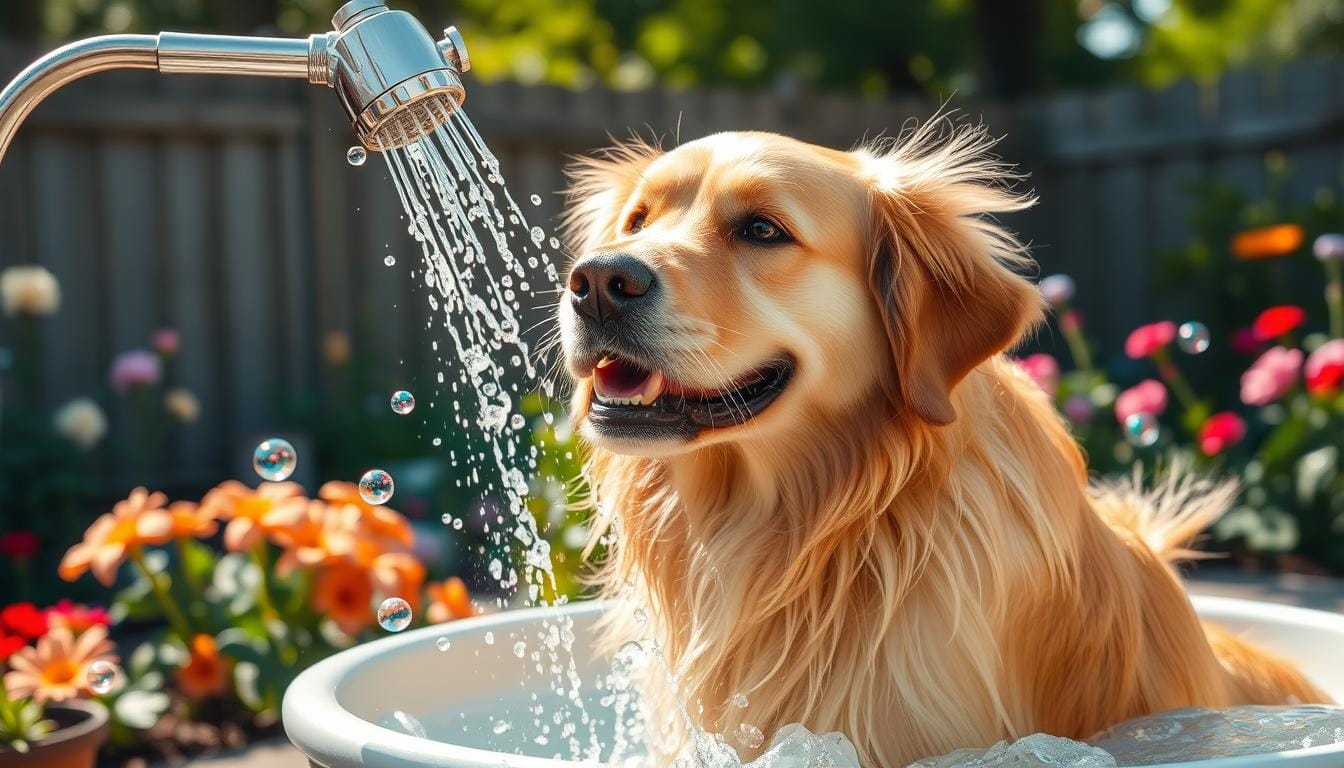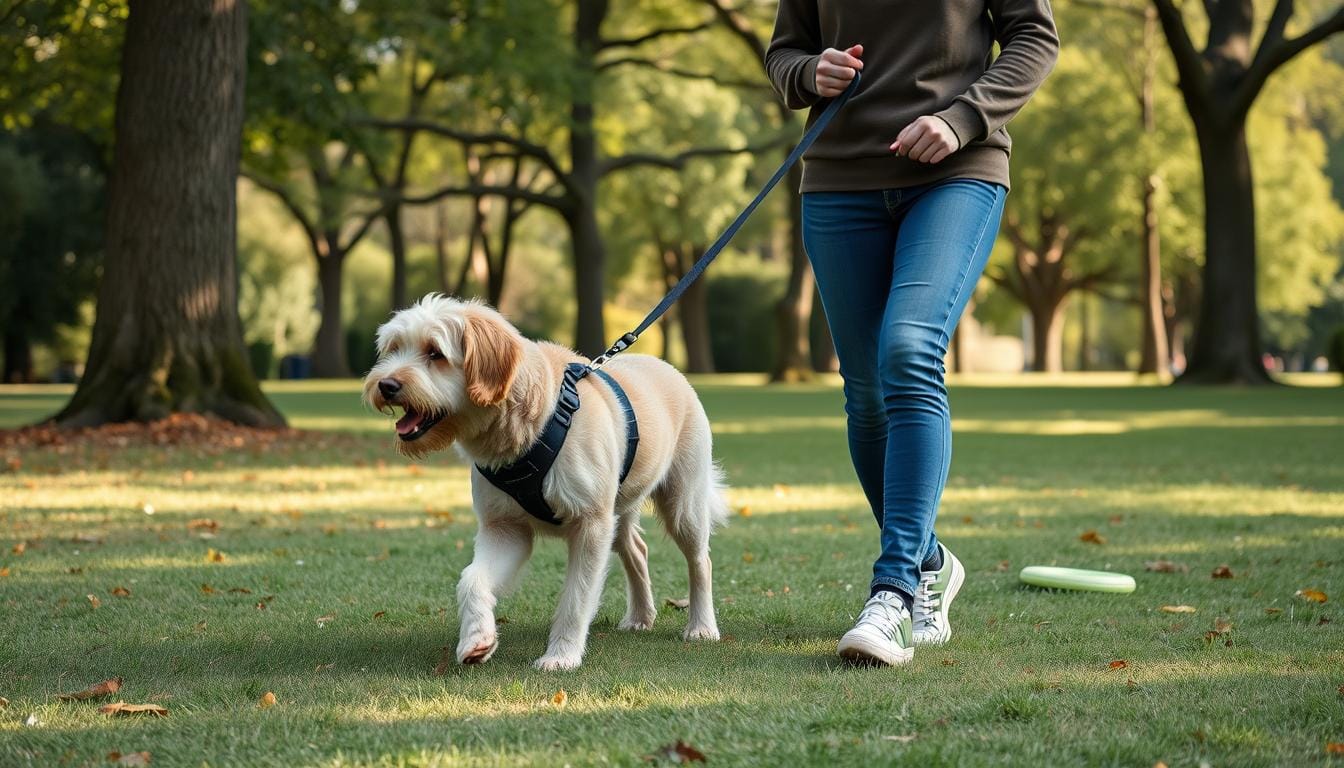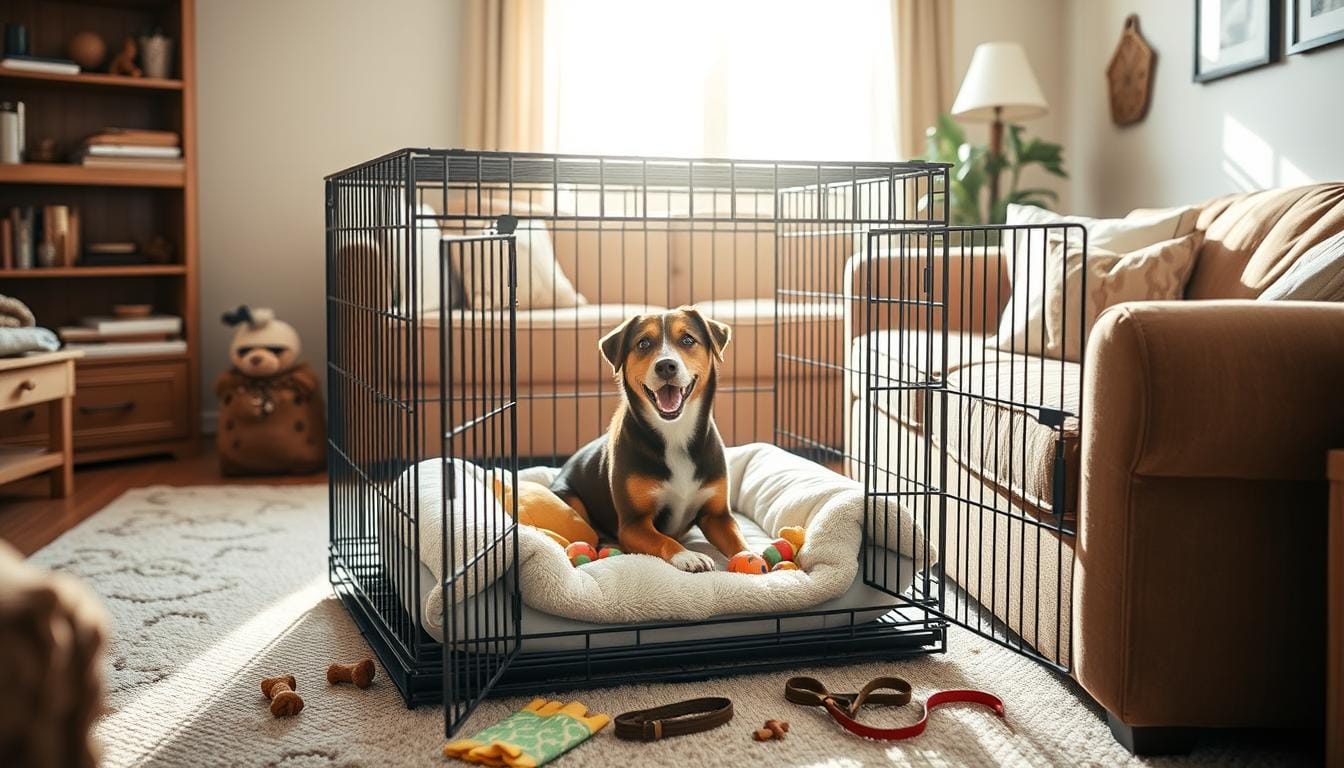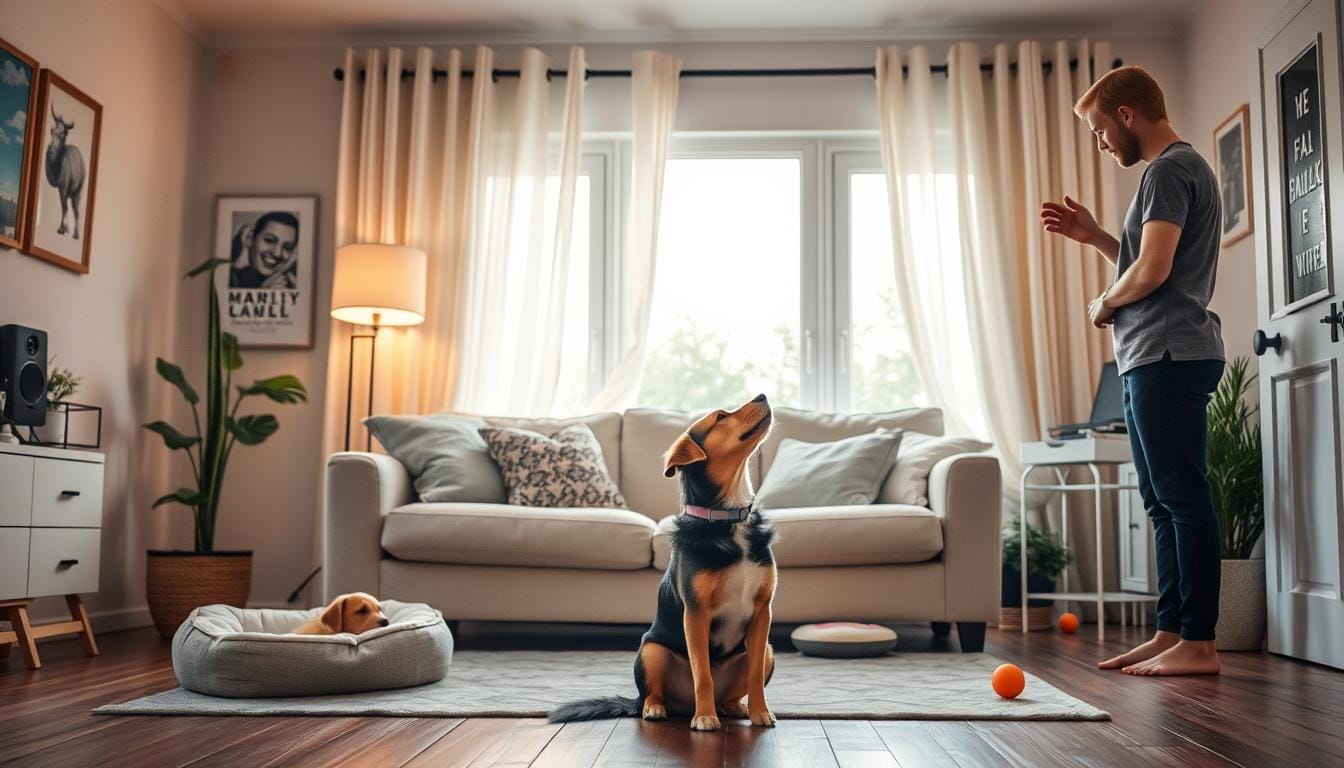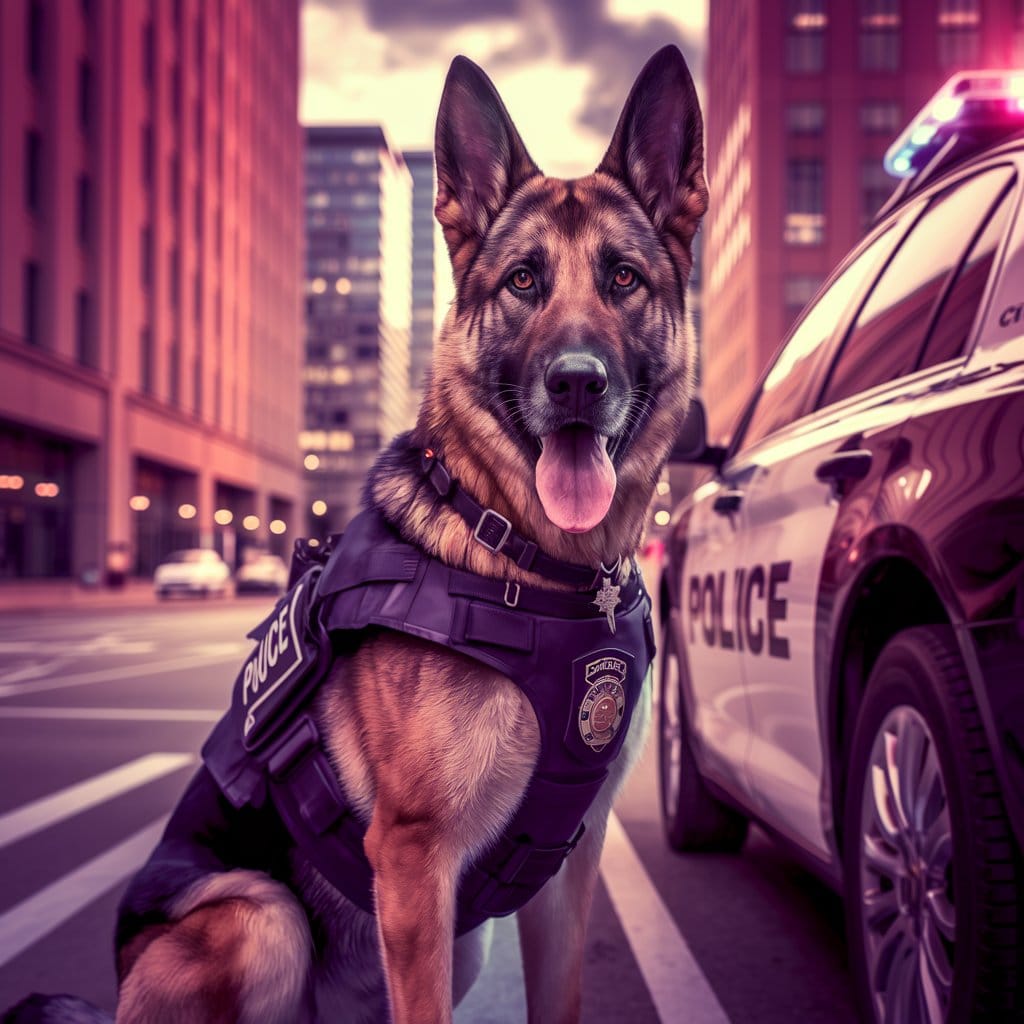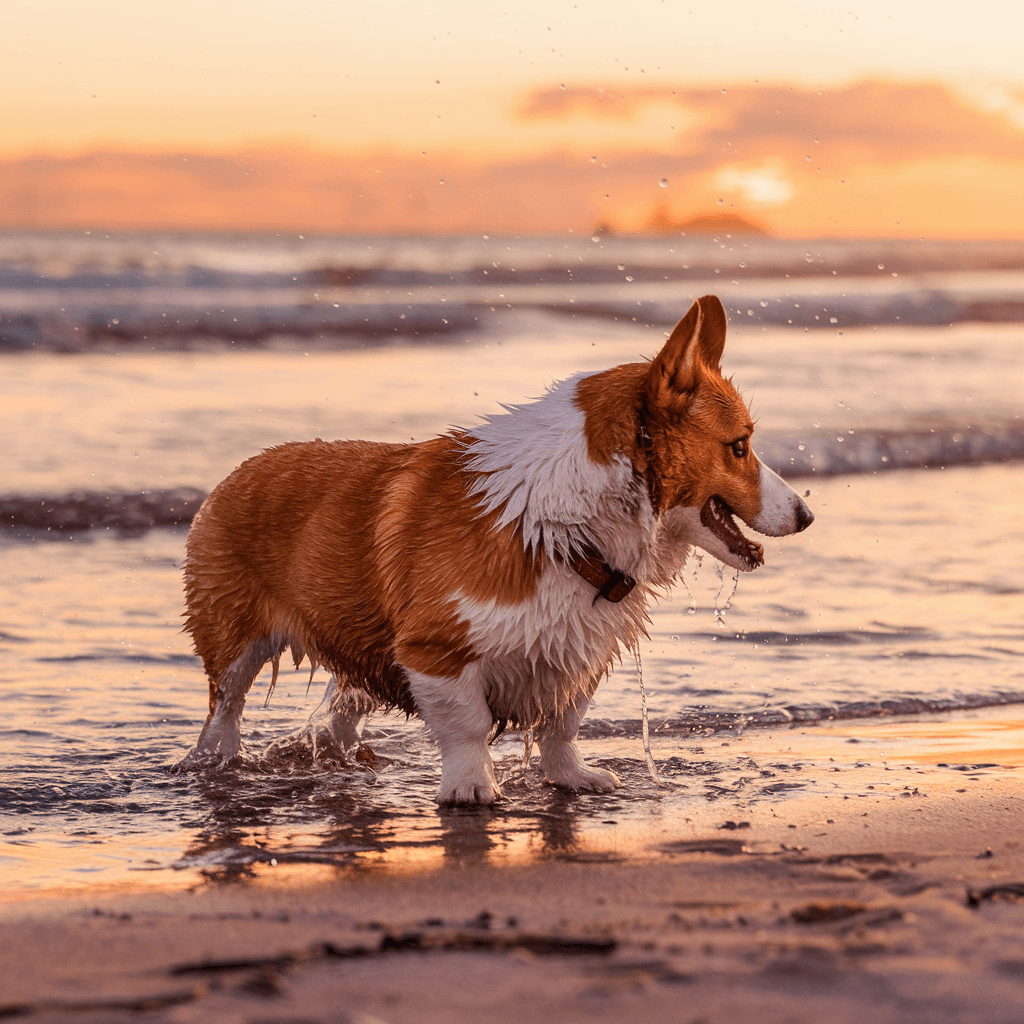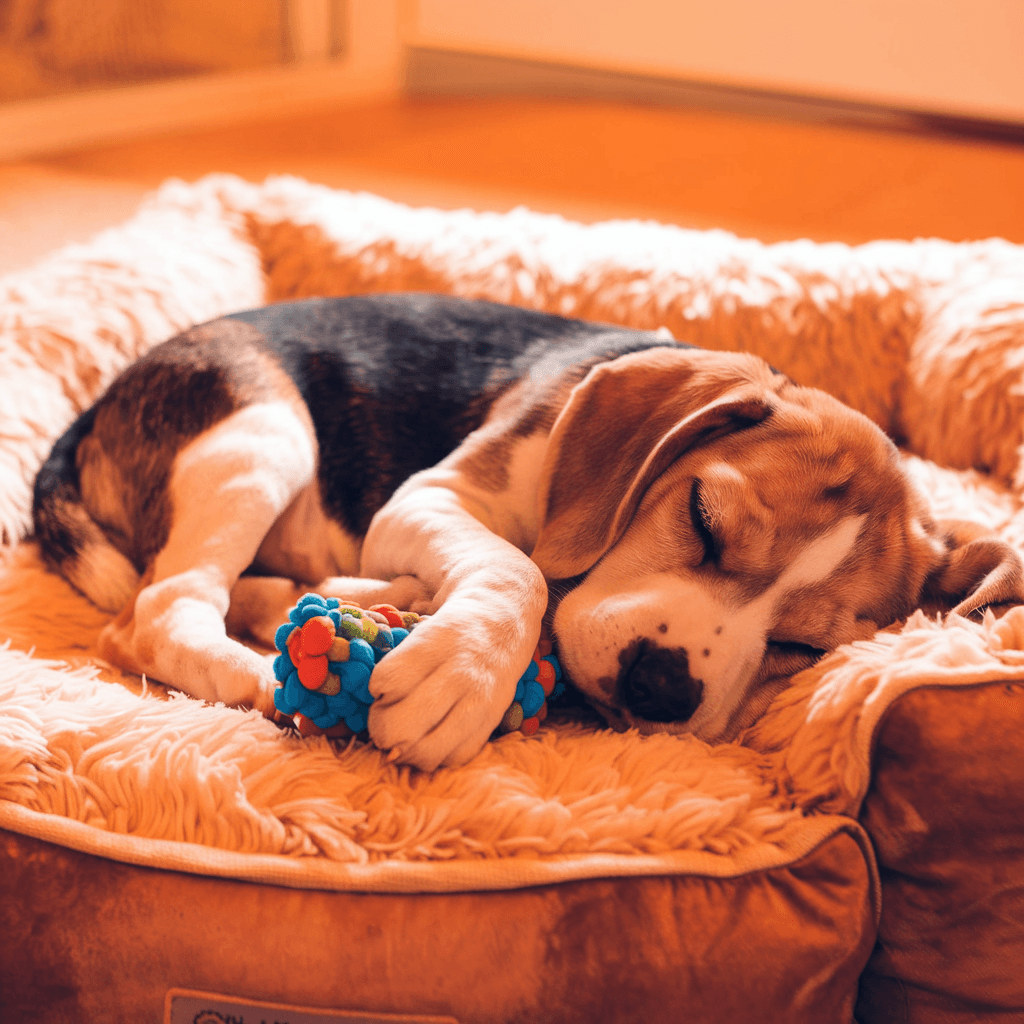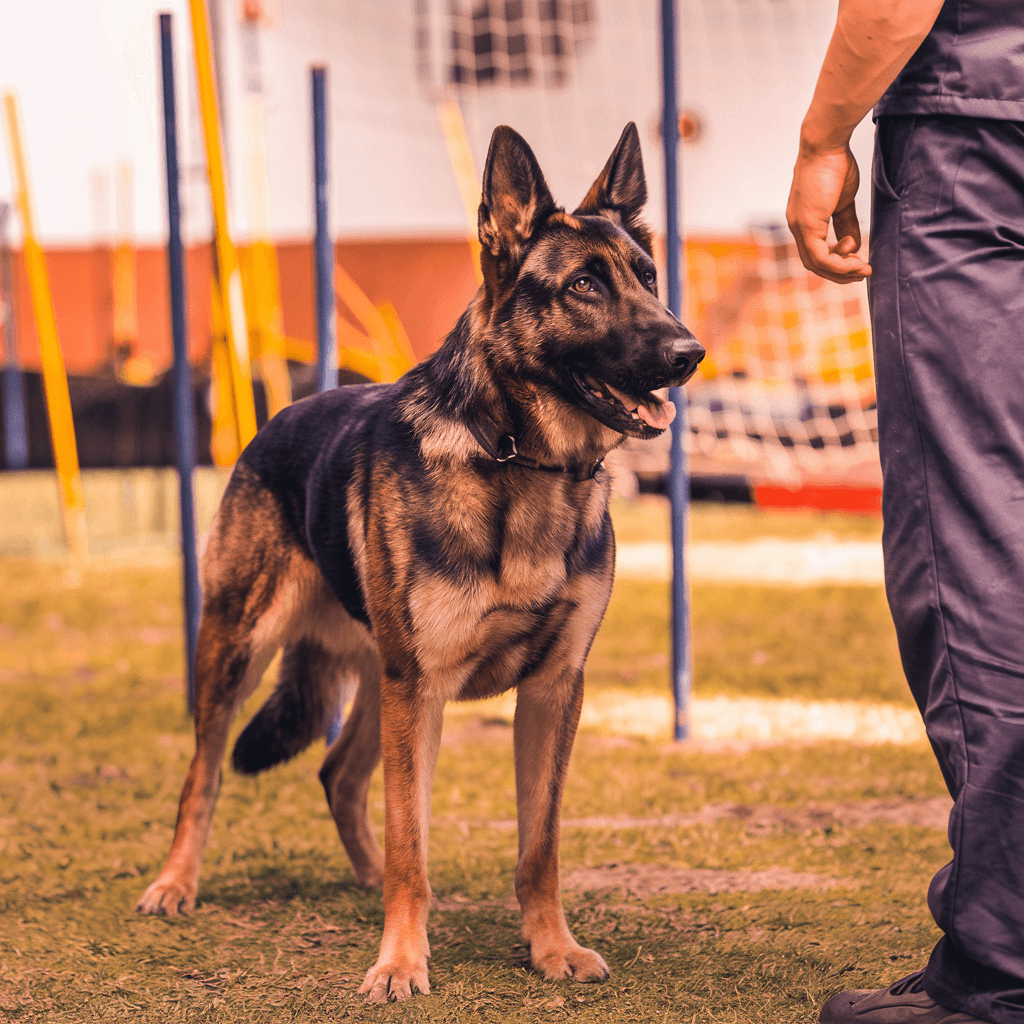Did you know dogs can sense human emotions instinctively? It’s true! Dogs are experts at reading our emotions, from our faces to our body language. This skill is especially true during bath time, where they can sense our stress or excitement. Let’s find out how to make bath time a positive experience for both of you.
Bath time doesn’t have to be a struggle. With the right approach, it can become a special bonding moment. We’ll share expert dog bath tips to make the process easier, faster, and less messy. From choosing the right pet bath supplies to learning how to bathe a dog, we’ve got you covered.
Ready to turn bath time into a joy? Let’s explore our comprehensive guide on dog bathing. You’ll learn how to keep your pup clean and happy, while also strengthening your bond.
Key Takeaways
- Regular baths are crucial for your dog’s health and hygiene
- Proper preparation can make bath time less stressful
- Use dog-friendly shampoos like SPA by Tropiclean
- Praise and treats can create a positive bathing experience
- Different coat types require different bathing frequencies
- Invest in quality tools like a long-hose showerhead for easier bathing
- Thorough drying is essential to prevent skin issues
Why Regular Dog Baths Matter
Regular dog grooming at home is key to your dog’s health and happiness. Bathing your dog might seem like a task, but it’s vital for their well-being. It offers many benefits.
Health Benefits for Your Dog
A bath keeps your dog’s skin and coat in top shape. It washes away dirt, debris, and loose fur. This prevents skin problems and infections. The frequency of baths depends on your dog’s breed and lifestyle, from weekly to a few times a year.
Reducing Allergens in Your Home
Regular baths cut down on pet dander and allergens at home. This is crucial for families with allergies. Keeping your dog clean makes your home healthier for everyone.
Bonding Time with Your Furry Friend
Bath time is a great chance to bond with your dog. It lets you check for any skin or coat issues. Plus, it’s a way to show your pet extra love and care.
| Dog Type | Recommended Bathing Frequency | Brushing Frequency |
|---|---|---|
| Short-coated breeds | Every 4-6 weeks | Weekly |
| Long-coated breeds | Every 2-4 weeks | Daily |
| Puppies and active dogs | As needed, possibly weekly | 2-3 times per week |
The right bathing routine varies based on your dog’s needs. Coat type, activity level, and health conditions all influence the best bathing schedule for your pet.
Preparing for a Stress-Free Bath Time
Getting ready for your dog’s bath can make all the difference in creating a positive experience. We’ve gathered some top dog bath tips to help you prepare for a smooth bathing session. By following these steps, you’ll be well on your way to mastering how to bathe a dog with ease.
First, gather all necessary supplies before bringing your furry friend to the bathing area. This includes dog-friendly shampoo, conditioner, and at least two towels. For dogs with double coats, like Golden Retrievers, plan for extra time to thoroughly soak and rinse their fur.
Brush your dog thoroughly before the bath to remove loose hair, dirt, and dead skin cells. This step not only makes the bathing process more effective but also helps prevent matting. Creating a calm environment is crucial for a stress-free bath time.
- Use a shallow tub with a non-slip mat
- Have treats and toys ready for positive reinforcement
- Consider using a peanut butter lick pad for distraction
- Ensure the water temperature is comfortable for your dog
Set aside at least 30 minutes of undivided attention for the bath. Remember, dogs can sense your mood, so stay calm and use an upbeat voice throughout the process. Washing your dog’s head last can help keep the experience calm and minimize unnecessary shaking.
| Bath Preparation Checklist | Importance |
|---|---|
| Gather supplies | Essential for smooth process |
| Brush before bath | Removes loose hair and dirt |
| Create calm environment | Reduces stress for dog |
| Use positive reinforcement | Builds positive association |
By following these dog bath tips and preparing thoroughly, you’ll be well-equipped to give your furry friend a stress-free and enjoyable bathing experience. Remember, practice makes perfect, so don’t get discouraged if the first few attempts aren’t smooth sailing.
Essential Supplies for Dog Bathing
Having the right supplies is key for dog grooming at home. Let’s look at the must-haves for a great pet bath.
Choosing the right shampoo
Choosing the right shampoo is vital for your dog’s skin. Most dog owners prefer dog-specific shampoos over human ones. These shampoos match your pet’s skin pH, avoiding dryness and irritation.
Brushes and combs
Brushing before and after bath helps remove loose fur and prevents matting. Pick a brush that fits your dog’s fur type. A slicker brush is best for long-haired breeds, while a bristle brush is better for short-haired dogs.
Towels and drying tools
Keep 3 to 5 towels ready for drying your dog after a bath. Microfiber towels are great for quick drying. If your dog can handle it, a low-heat blow dryer is helpful, especially in cold weather.
| Essential Supply | Purpose | Recommendation |
|---|---|---|
| Dog Shampoo | Cleansing | pH-balanced for dogs |
| Brush | Detangling | Suited for coat type |
| Towels | Drying | 3-5 microfiber towels |
| Non-slip Mat | Safety | Textured rubber mat |
| Treats | Positive reinforcement | Small, low-calorie treats |
With these supplies, you’re set for a smooth pet bath. About 60% of dog owners groom their pets at home, so you’re in good company!
Creating a Positive Bath Experience
Bath time can be fun for you and your furry friend. We’ve gathered some top dog bath tips to help make the experience enjoyable. By following these suggestions, you’ll create a positive atmosphere that your pet will look forward to.
Treats and Praise: The Key to Success
Use high-value treats and constant praise during bath time. This positive reinforcement helps your dog associate bathing with good things. Spread peanut butter on the tub wall as a tasty distraction while you wash your pup.
Establishing a Routine
Create a consistent bathing routine. This helps your dog feel more comfortable with the process. Start by introducing your pet to water gradually. Use kiddie pools or shallow lakes for positive water experiences before moving to the tub.

Comfort is King
Make the bathing area cozy for your dog. Use warm water and place a non-slip mat in the tub to reduce anxiety. Consider using a shower head attachment for easier rinsing. Remember to go slow and be patient throughout the process.
Sandwich bath time between enjoyable activities like walks and playtime. This creates positive associations with the entire experience. If your dog still struggles, don’t hesitate to ask for help from family or friends during bath time.
“Bath time can be a bonding experience. With patience and the right approach, your dog will learn to love it!” – Cathy Madson, Certified Dog Trainer
By implementing these dog bath tips, you’ll transform a potentially stressful situation into a pleasant experience for both you and your canine companion. Remember, the key to success is patience and positivity when learning how to bathe a dog effectively.
Step-by-Step Dog Bath Tips
Are you ready to give your dog a bath at home? Here are some easy tips for dog grooming. First, get all your supplies ready and set up the bathing area. Fill the tub with warm water and check the temperature to make sure it’s comfortable for your dog.
Begin by wetting your dog all over, from neck to tail. Use a gentle dog shampoo and work it into a lather. Be gentle around the face. Use pet wipes instead of shampoo for this area.
Massage the shampoo into your dog’s coat, focusing on paws and the underbelly. Rinse your dog well to remove all soap. This is important to avoid skin irritation. For dogs with long hair, use conditioner to keep their coat smooth and free of tangles.
Here’s a helpful tip: use three towels during the bath. One for grip in the tub, another to prevent shaking, and the last for drying. This helps keep things tidy and your dog comfortable.
| Dog Type | Recommended Bath Frequency |
|---|---|
| Short-haired | Once a month |
| Medium to long-haired | Every 4-6 weeks |
| Heavy shedders | Every 1-2 months |
Remember, dog grooming at home is more than cleaning. It’s a chance to bond with your pet and check for health issues. After the bath, praise and reward your dog with treats. This helps them associate baths with positive experiences.
Proper Washing Techniques
Learning how to bathe a dog is key to keeping them healthy and clean. Here are some important tips to make bathing your dog easy and effective.
Wetting and Lathering
Begin by wetting your dog’s coat with warm water. Use a dog-specific shampoo, applying it gently from the neck down. Dogs have a different skin pH than humans, so it’s important to use the right shampoo.
Rinsing Thoroughly
Rinse your dog well to remove all soap. This is important to avoid skin irritation. For the best results, shampoo twice and then use a dog-friendly conditioner to moisturize their skin and coat.
Cleaning Sensitive Areas
Use a damp cloth for your dog’s face, ears, and other sensitive spots. Be gentle and avoid water or shampoo in their eyes and ears.

| Coat Type | Bathing Frequency | Special Considerations |
|---|---|---|
| Short | Once a month | Use mild shampoo for sensitive skin |
| Long | Every 4-6 weeks | Regular brushing between baths |
| Double | Every 6-8 weeks | Thorough drying to prevent skin issues |
Keep in mind, these tips are general. Always adjust based on your pet’s specific needs and lifestyle.
Drying Your Dog After the Bath
Drying your dog is key in dog grooming at home. After a bath, it’s vital to dry them well to avoid skin problems and mats. Here are some good ways to dry your dog.
Start by towel drying to remove extra water. Use soft, absorbent towels and begin at the head, moving down to the paws. Be gentle with dogs with long or thick coats to prevent tangles and mats. The Absorber towel is great for this because it’s thin but very absorbent.
If you’re using a hairdryer, focus on airflow, not heat. Use a cool setting and move it around to avoid skin irritation. For dogs with thick coats, a dog dryer using warm air is better. Be careful around sensitive spots like the face, ears, and genitals.
| Dog Size | Recommended Dryer Passes |
|---|---|
| Small | 5 times |
| Medium | 8 times |
| Large | 10-12 times |
Quick-drying sprays can cut down drying time, but results differ. Don’t let dogs air dry, especially in humid weather, as it can cause skin issues and mats. Keep them indoors until they’re completely dry to stop them from getting dirty.
“Proper drying is essential for your dog’s comfort and health. It’s an integral part of the bathing process that shouldn’t be overlooked.”
By following these tips, your dog will be clean, dry, and happy after every bath. This makes bath time a positive experience for both of you.
Post-Bath Care and Grooming
After bath time, the care doesn’t stop. Post-bath grooming is key for your dog’s health and comfort. We’ll show you how to keep your furry friend looking and feeling great after their wash.
Brushing and Detangling
Once your dog is dry, grab a brush suited for their coat type. Gently work through any tangles, starting from the tips and moving towards the roots. This prevents matting and removes loose fur. Regular brushing keeps your dog’s coat shiny and healthy. It’s a key dog bath tip that often gets overlooked.
Nail Trimming
Post-bath is an ideal time for nail trimming. Your dog’s nails are softer, making the process easier. Use proper nail clippers and avoid cutting too close to the quick. If you’re unsure, seek guidance from a professional groomer or vet.
Ear Cleaning
Clean your dog’s ears with a veterinarian-approved solution. Gently wipe the visible parts of the ear, avoiding the ear canal. This step is especially important for dogs with floppy ears, as they’re more prone to ear infections. Learning how to bathe a dog properly includes mastering these post-bath routines.
| Task | Frequency | Importance |
|---|---|---|
| Brushing | Daily to weekly | Prevents matting, distributes oils |
| Nail Trimming | Every 3-4 weeks | Maintains paw health, prevents discomfort |
| Ear Cleaning | Weekly to monthly | Prevents infections, removes debris |
Remember, post-bath care is an opportunity to bond with your dog and check for any skin issues or abnormalities. Make it a positive experience by offering treats and praise throughout the process.
Conclusion
We’ve looked into dog grooming at home, especially bathing. It’s a big challenge for 80% of dog owners. But, with our expert tips, you can make bath time better for both you and your dog.
Using dog-specific shampoos is a must, as 90% of vets say. Also, 60% of dogs get anxious during baths. So, make the bath area calm. Brush your dog first to avoid mats and tangles, which 95% of dogs need.
It’s important to groom your dog based on its breed. For example, Labradors need baths every 2-3 months, while Poodles need them every 4-6 weeks. Always get advice from a groomer or vet for your dog’s specific needs. With time and effort, you’ll get good at grooming your dog at home. This will keep your dog clean, healthy, and happy.

